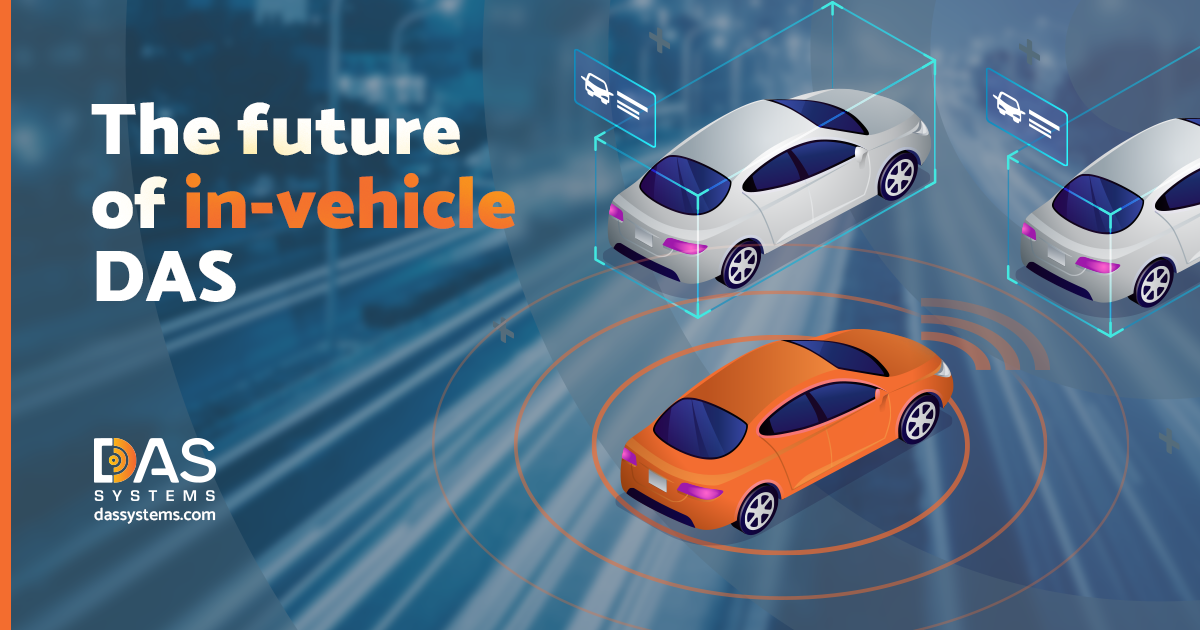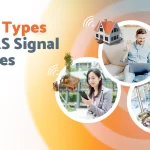The Future of In-Vehicle DAS
Web 3.0 is coming, and with it, every facet of society around us seems to be going digital, from complete monetary systems such as cryptocurrencies to entire new realities through the recent emphasis on metaverse-based technologies.
Almost every company is currently looking to dip its toes into this cyber tidal wave, with brands like Tesla, Rivian, Nike, Epic, Meta, and others pouring in billions in funds to make our world more connected than ever.
All of this spells excellent news for telcos and vendors around the world, as this new era of connectivity brings with it a plethora of innovations that will shape how humans interact with their surroundings.
Many consider that the poster child of the era of über connectivity is the automotive industry, which has triggered excitement over autonomous vehicles; to be clear, we are not entirely there yet. The current technologies at hand are still in their infancy but have provided a massive leap forward.
Among the technologies being researched is integrating in-vehicle distributed antenna systems (DAS). According to experts from the universities of Leeds, Kent, and Bournemouth in the UK, research into this tech aims to transform wireless methods operating on fast-moving vehicles facing increased impairments at high data rates.
In addition, the research can also address small cellular cells considered the lifeblood of high data rate operation, as well reoccurring cell handovers defined by speed and size.
“This scenario can make use of data from inductive loops for traffic (vehicular and data) monitoring, prediction, grooming, and control. Central base stations driving distributed antenna units will facilitate this new bandwidth provision, and Radio-over-Fiber (RoF) is a technology proposed to achieve transparent data distribution. The replacement of coaxial cables with optical fibers is desirable,” the study by the three British universities highlighted.
“Fiber transmission offers sufficient bandwidth with reduced loss over long distances and decreased electromagnetic interference. Low loss Single-Mode Fiber (SMF) is commonly deployed outdoors, while Multimode Fiber (MMF), with higher losses, is often pre-installed in buildings. Unfortunately, MMF is not of a quality that lends itself to broadband Radio-over-Fiber,” it added.
Accordingly, Intelligent Transport Systems (ITS) view WiMAX technology as an opportunity to significantly enhance their delivery of peak rates up to 1Gbit/s at fixed speeds and 100 Mbit/s to mobile users via micro-cells.
“Theoretically, antennas are reciprocal, which means they can transmit and receive electromagnetic waves with similar properties. Antennas play a key role in wireless communications; the antenna performance is crucial to efficient electromagnetic propagation,” the study said.
“Cost-effective while efficient antenna units have been assessed for ITS in a highway scenario. The antennas designed and tested served the WiMAX standard over full-duplex bi-directional optical links. UWB technology is of global interest in modern communication systems due to its potential to deliver high-speed data rate transmissions with excellent immunity to multipath interference at low power consumption, low cost, and simple hardware configuration,” it highlighted.
The technology can significantly boost a vehicle’s ability to provide mobility and connectivity to passengers while drastically minimizing expenses brought forth by wires. As the funds waterfall onto the tech industry, in-vehicle DAS will indeed receive its fair share of funding to reach new heights of connectivity.
Like to continue the conversation with us? Don’t hesitate to reach out to us!





